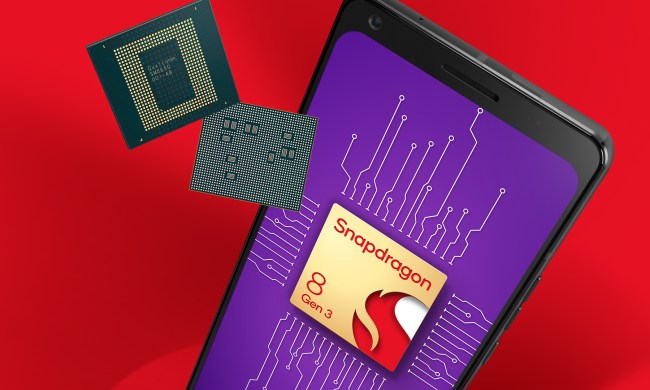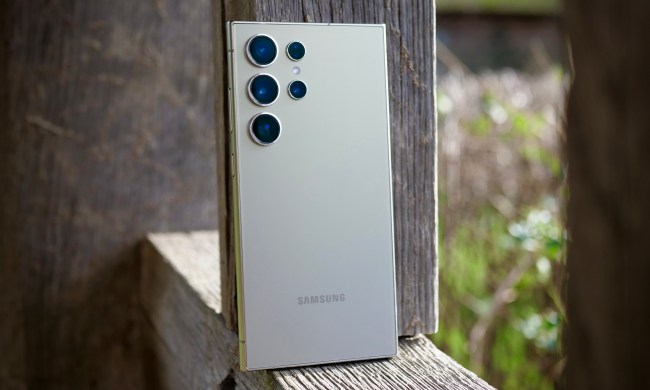
Asus obviously decided the 820 wasn’t quite powerful enough, so it has reintroduced a higher-range Zenfone 3 Deluxe with the Snapdragon 821 inside, where it’s kept company by 6GB of RAM. How much extra power does this provide? Qualcomm says the quad-core Snapdragon 821 will give a 10 percent power increase over the Snapdragon 820, and can positively fly along at speeds up to 2.4GHz.
If the monster processor and RAM wasn’t enough, Asus has gone all out with the Zenfone 3 Deluxe. It has added in 128GB of storage space, a 23-megapixel rear camera with laser autofocus and optical image stablization, hi-res audio support, a fingerprint sensor, Android 6.0, and a giant 5.7-inch Super AMOLED touchscreen. Asus certainly can’t be accused of cutting corners, and it’s easily one of the most powerful smartphones we’ve seen this year, on paper at least.
Asus has also beaten rival LeEco to the honor of being first with a Snapdragon 821 phone announcement. The up-and-coming smartphone brand from China was rumored to have a phone with Qualcomm’s new processor inside — when it was known as the Snapdragon 823 — but it hasn’t been officially revealed yet. LeEco was first to announce a Snapdragon 820 phone, the Le Max Pro.
The new device is available now in Taiwan for a cool 24,990 New Taiwan dollars, which sits at around $800 U.S. Deliveries of the Glacier Silver model will start on September 12, and the Shimmer Gold version will start being delivered on September 23. There’s no word yet on pricing or availability outside of Taiwan.
Updated on 09-09-2016 by Christian de Looper: Added information about pricing and availability in Taiwan.



